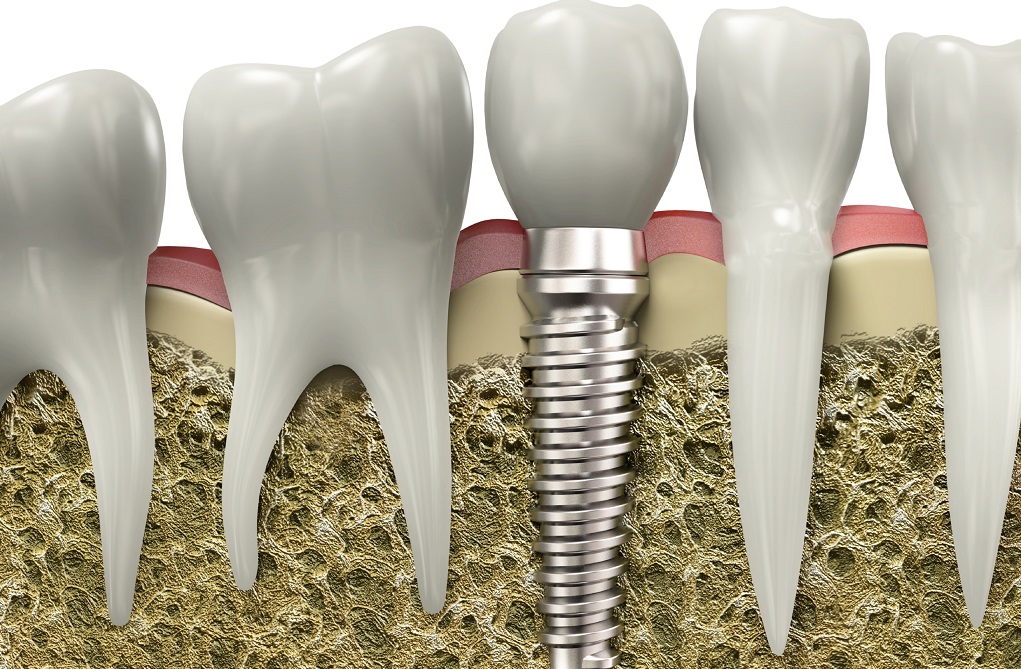
WHAT IS AN IMPLANT?
An implant is an artificial tooth root placed in the jawbone to restore the function and aesthetics of missing teeth.
IN WHICH CASES IS IMPLANT APPLIED?
If there is a single tooth or more missing teeth, if there is an adequate amount of bone in the toothless area for implant placement, and if the patient does not have a systemic discomfort that prevents implant placement, the implant can be applied. As long as the general health condition of the patient is good, there is no upper age limit to prevent implant application. Bone growth should be completed in young patients. This age limit is 18 for men and 16-17 for women.
IS IMPLANT TREATMENT PAINFUL TREATMENT?
It is completely painless if appropriate anesthesia methods are applied. Generally, the pain that can be felt on the evening of the implant can be relieved with a simple painkiller. Many patients state that this pain is not different from the pain felt after a normal tooth extraction.
STAGES OF IMPLANTATION
Implant construction consists of two stages. The first is the surgical stage. The substructure of the implant is placed in the jawbone. Afterwards, there is a waiting period of 3-6 months depending on the location of the implant site and whether the bone insertion procedure is applied or not. During this time, bone formation occurs between the bone and the implant. At the end of this period, the part called the healing head, shaping the gum, is attached to the implant and waited for 2 weeks. It takes up to a week to make the superstructure (porcelain).
CARE OF THE IMPLANT
The care of implants and porcelains placed on them is no different from natural teeth. Just like your natural teeth, it should be brushed 3 times a day and flossed at least once a day. In cases where a bridge is made on the implant, the underbody of the bridge should be cleaned regularly with underbody dental floss as directed by your doctor.
The status of your implants should be checked by your dentist every 6 months, and the amount of bone around the implant should be monitored by taking x-rays at intervals deemed appropriate by your dentist.
It should not be forgotten that if we do not do enough cleaning and follow-up, how do we lose our own teeth, we can lose our implants in the same way. The first symptoms on the road to loss; It starts with redness, swelling, bleeding and itching in the gums. In this process, it causes the loss of the implant along with bone destruction. Therefore, if these findings are detected, consult your dentist immediately.
